Integrating the Breath and the Bandhas
This video, the second in a series of three on core stability, covers the breath and bandhas (deep core locks), which together create stability and strength that you can use in your life and your yoga practice, no matter what you are doing. Learning how to engage and strengthen the bandhas will allow you to feel a sense of power and lightness in your body, length in your spine and will show you how to practice yoga safely. The first class in this series is The 3-Part Breath and Ujjayi Breathing and the third class is Finding Stability In All Poses. You can also find all three together in our program Establish Your Core Stability and Strength and on our Yoga for Beginners page.
Looking for more of a challenge? Check out the 14-Day Intermediate Challenge here.
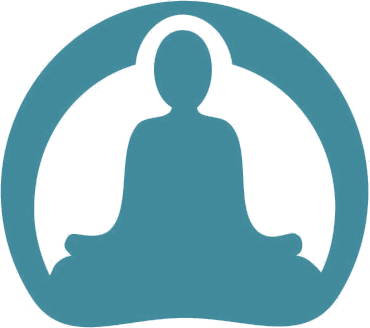



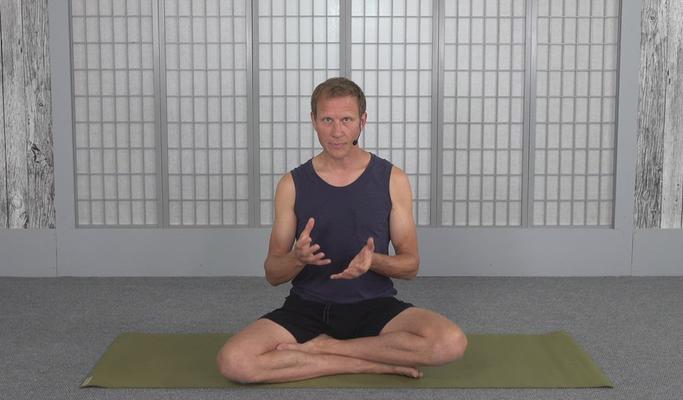


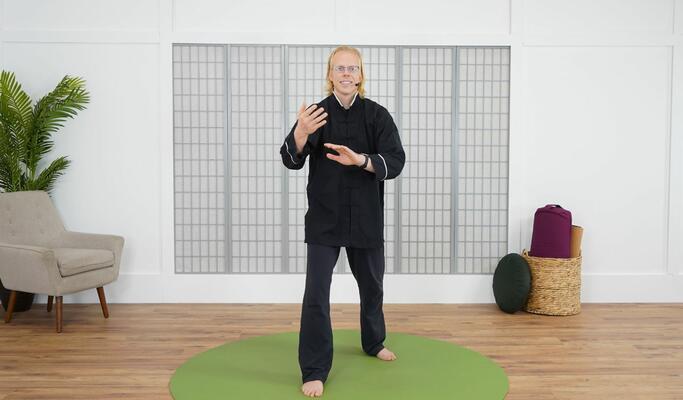
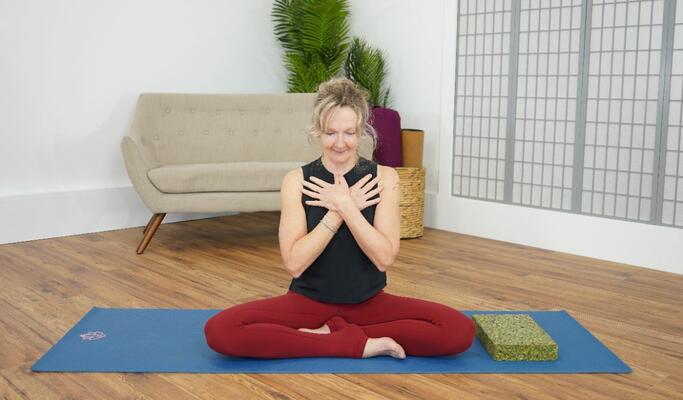
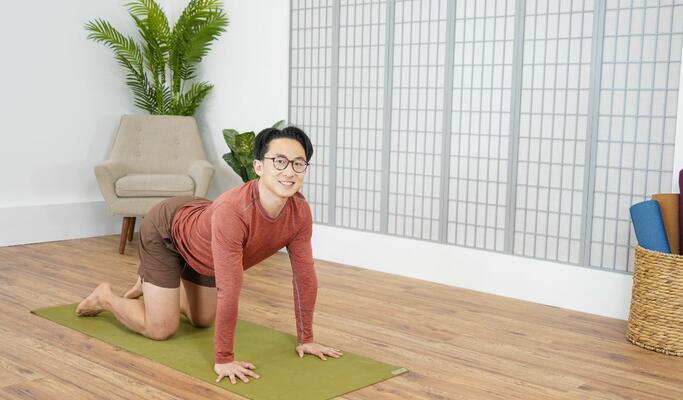
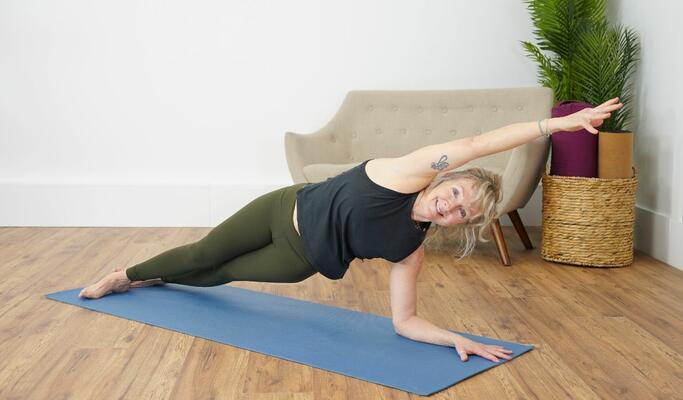
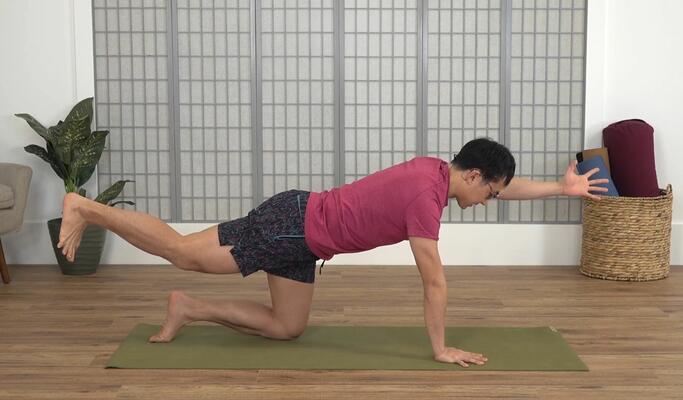
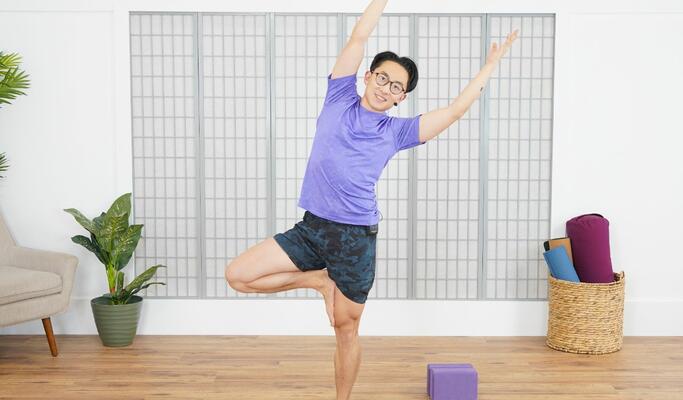
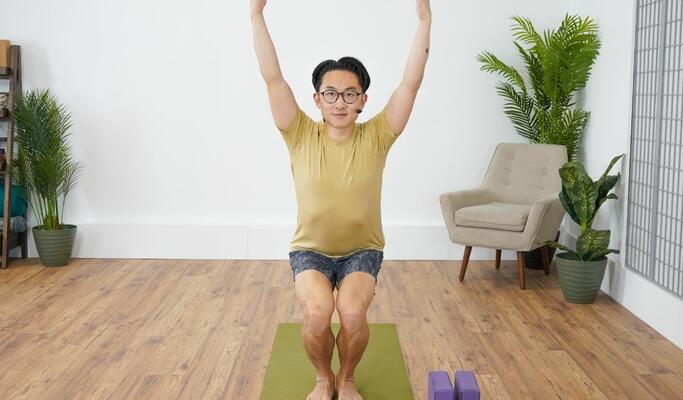
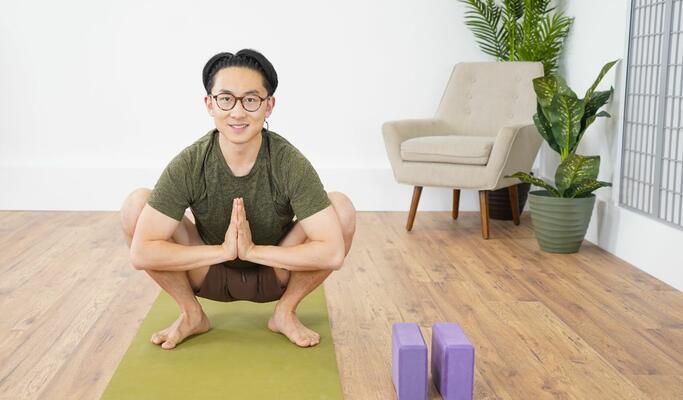


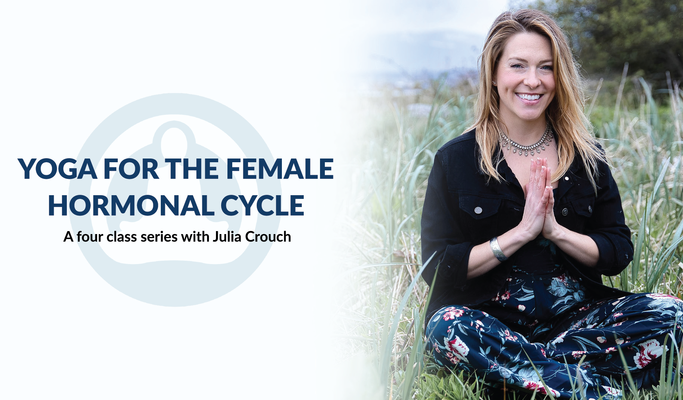
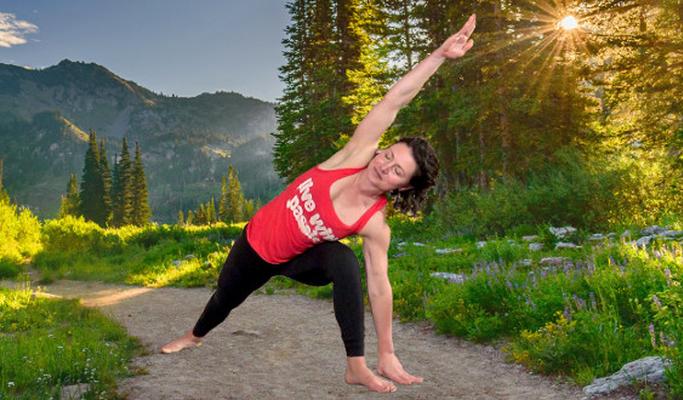
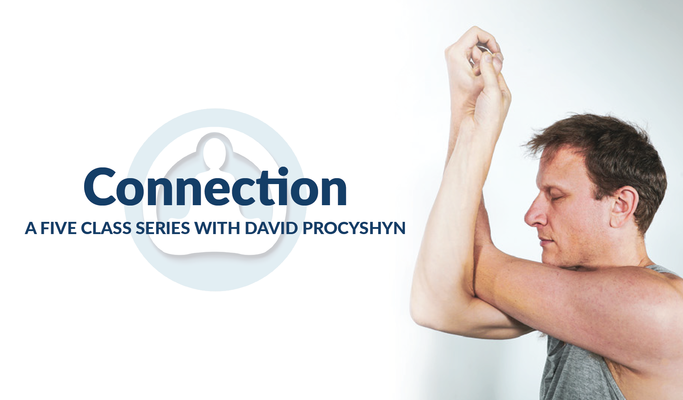
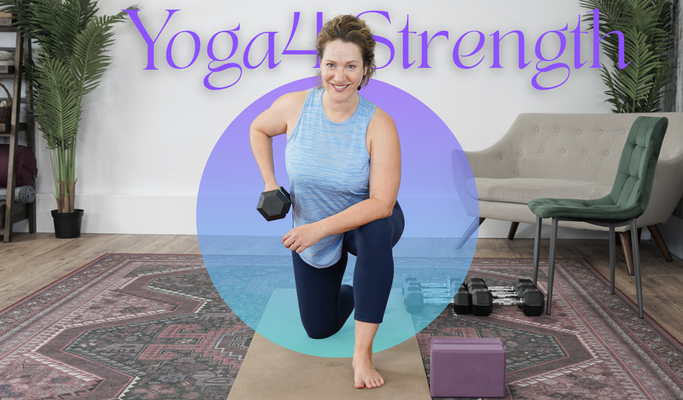
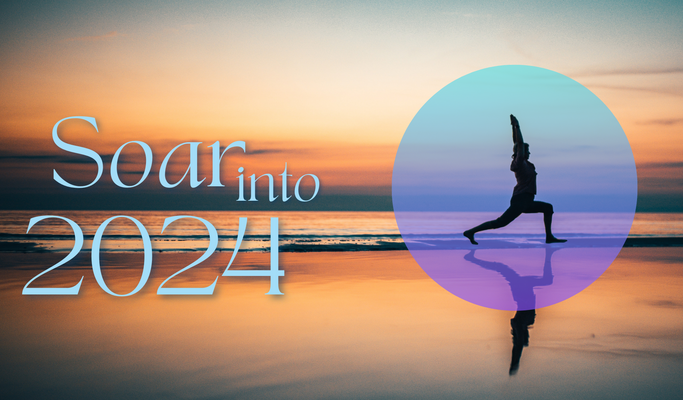
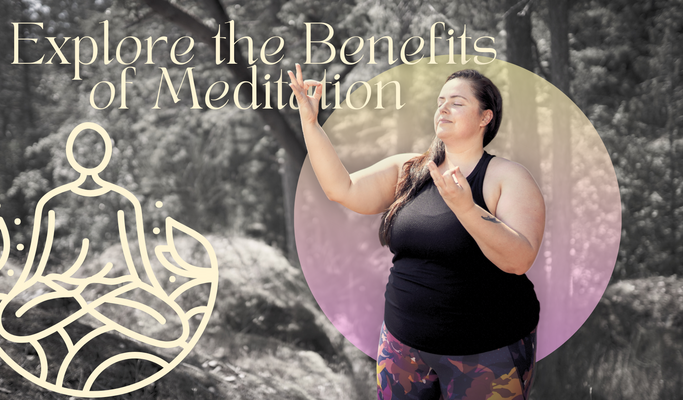
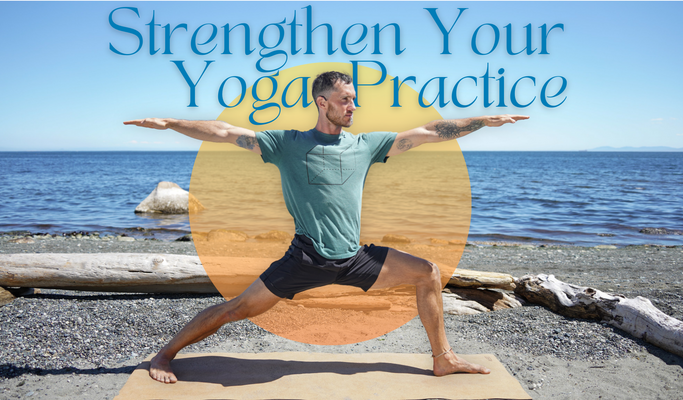
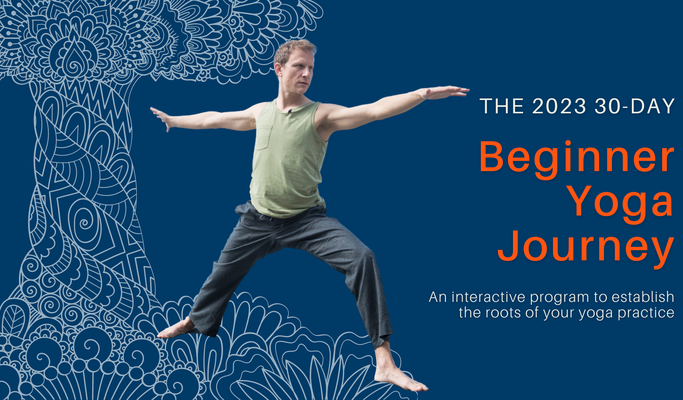

Comments
The explanations are terrific (although I wonder if the pelvic lift is self-evident to someone who has never learned kegels). Surprisingly, the practice seemed to trigger heartburn pain while I was doing it. Any thoughts on that?
This is the guide to yoga I have been looking for for so long, to start at the beginning and really understand on the deepest level the foundation of it all. ever grateful
I'm confused. Is uddiyana bandha hollowing or bracing? As I understand it, applying uddiyana bandha means taking a false or mock inhalation after a full exhalation while keeping the abdominal muscles completely relaxed; this will create a stomach vacuum, as well as a little concavity just above the sternum. This is very different from bracing, in which case the abdominal muscles contract as if you were about to be punched in the stomach.
I don't understand how to perform these breaths "without tension in the body" when I am holding a kegel, tensing my abs/abdominal wall, keeping my spine up straight, and pulling my shoulder blades together. Definitely no lightness in the head, only tension. Any advice?